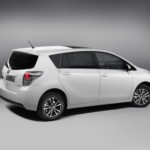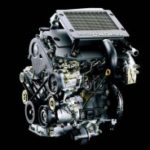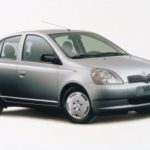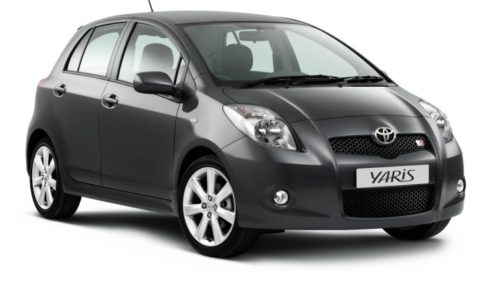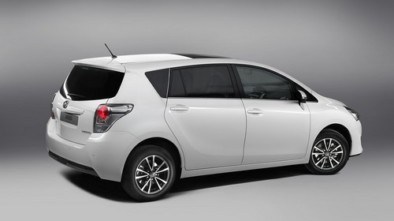Toyota Supra 1978 - 2002 - Model history
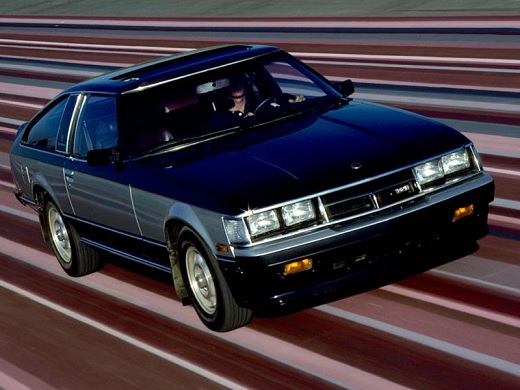
Toyota Supra
When the Toyota Supra is mentioned, most of us probably think of the famous model from the first series of "Fast & Furious" movies, but the history of this car began much earlier.
Throughout its history, the Toyota Supra has been a sports model of the Japanese vehicle manufacturer, although the beginning of its career did not suggest such a thing. Even today, 12 years after the end of production, this car attracts a lot of attention in the world of modified street racers, where it is one of the favorites of fans of such cars. Although Toyota is considered a "boring" company today, whose customers are mostly older people who want the cheapest way to get from place A to place B, this has not always been the case. The world's largest vehicle manufacturer has always boasted high quality, but few people know that it has produced many sports models over the years. Certainly the most famous of them was the 2000GT, which was produced from 1967-1970, during which 337 copies were produced. Although the 2000GT is today considered the first Japanese supercar, its high price as well as design lines copied from Jaguar E-Type-a result in very limited production.
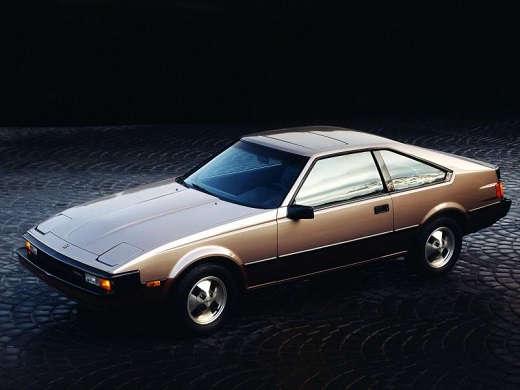
Toyota Supra
Still, the 2000GT left a deep enough mark on the market to the point that even the legendary Carroll Shelby used two specimens to compete in the US sports car class. The spiritual successor to the 2000GT was the Celica model, introduced in 1970. Although at first glance these two cars could not be more different, they still had many similarities, such as the Coca-Cola bottle design. However, Toyota Celica was intended as a cheaper model from the very beginning, and to save on costs, the platform was borrowed from the Customs model. In the 1970s, Toyota Celica sold more than successfully around the world, with particular popularity reigning in North America. And then there is Datsun unveiled the legendary 240Z, which was not taken seriously at first but eventually gained in popularity and attracted new customers.
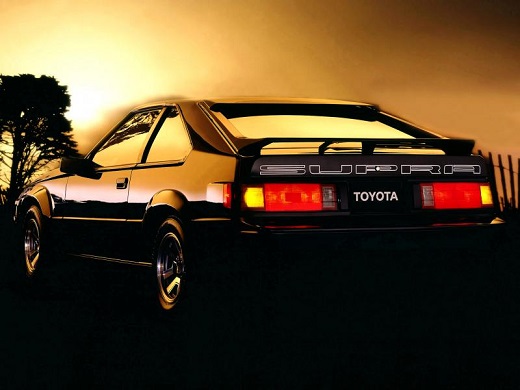
Toyota Supra
Introduced in 1969, 240Z provided European style, American strength and Japanese quality at a starting price of only $ 3,500. At a time when the American "muscle car" was struggling with new standards on exhaust gases, which killed the power of the engine, the 240Z provided a modern I6 engine with 150 hp and also a modern four-speed manual transmission. When annual sales reached 50,000 units and the waiting list grew longer, Toyota realized it couldn’t miss a historic opportunity and got involved in the battle. The Japanese giant started working on the new model in 1975, but did not want to wait for many years of development and decided to use already proven technology from other models. Since the mentioned 240Z, as well as the successor 260Z, provided only I6 engines, Toyota decided to present a new model, which was decided to be called Supra, to be an option on Toyota Celica.
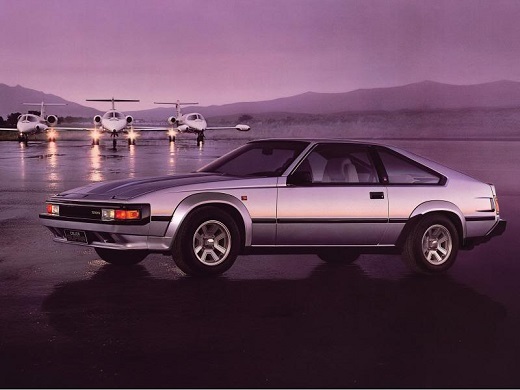
Toyota Supra
The Toyota Celica was only available with four-cylinder engines while the Toyota Supra needed to deliver slightly larger and more powerful engines. In April 1978, the Toyota Supra officially debuted in the domestic market under the Celica XX designation. Although based on the standard Toyota Celica, the Toyota Supra was slightly longer with a total length of 4.6 meters and provided a 2.0L I6 engine with 110 hp. The main purpose of this car, however, was the US market, where the Toyota Supra debuted a year later under the Celica Supra label and with a 2.6L I6 110hp engine. Although it did not revolutionize the Datsun Z, Supra received high praise from the start. The standard five-speed manual transmission was one of the first such transmissions in a cheaper car in the US market. Sales were later extended to the European market, where Toyota Supra had much success in the British series of tourist cars. However, sales were limited and generally moved around 1,000 cars annually.
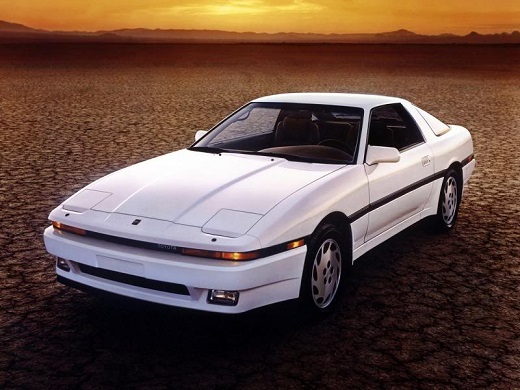
Toyota Supra
An improvement came to the US market in 1981, when it debuted a larger 2.8L 116-hp engine and reduced acceleration to 100 km / h in 12 seconds. The second-generation Toyota Supra debuted in 1982, along with the all-new Celica, and for the first time in history, the two cars began to differentiate. Although they still shared the platform, the two cars had a completely different front, especially in the form of headlights, but the biggest change was still under the hood. The Toyota Supra could now come as two completely different models, the L-Type and the P-Type. As its name implies, one model concentrated on luxury and provided all the equipment that could be obtained on luxury Gran Turismo cars, while the other model was made with performance in mind, with modified suspension and larger brakes. However, in terms of engines, the L-Type and P-Type provided the identical 2.8L I6 engine with 145hp under the hood, thanks to which the acceleration to 100 km / h was 9.8 seconds.
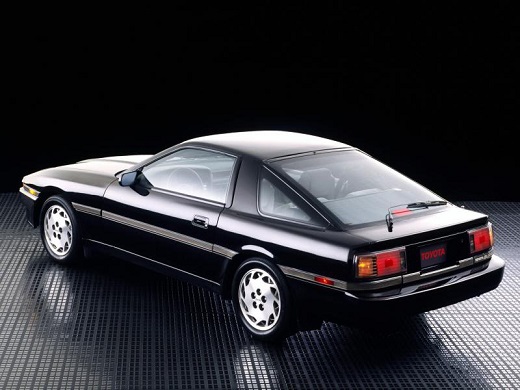
Toyota Supra
Three years later, the power was increased to 160 hp, reducing acceleration to 100 km / h in just 8.4 seconds. Although Toyota's original plan was to fight the Datsun D, the Japanese rival was always a few steps ahead in terms of mechanics and technology, delivering significantly better performance. This was especially true of turbo technology, which was brand new in the early 1980s, but after its popularity in various Saab, Buick and Porsche cars, Datsun decided to try it in 1981 when the new 280ZX arrived. Although it was priced as high as $ 18,000, the 280Z also had 180hp and more luxury than the Toyota Supra, moving into higher territory and winning over customers who drove earlier Chevrolet Corvettes and similar cars. When new rivals are added, such as Mitsubishi Old and Mazda RX-7, Toyota realized that it had to take a different path.
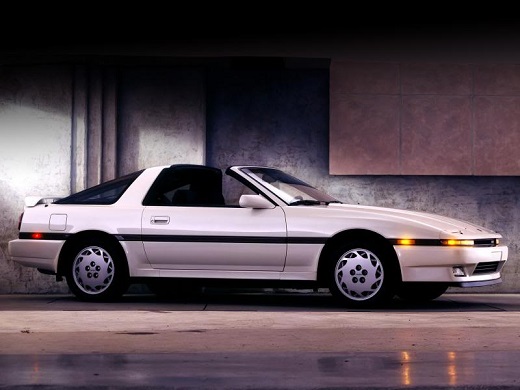
Toyota Supra
In order for the Toyota Supra to compete with these rivals, it was necessary to delete the connection with Celica. For this reason, in 1986, the Toyota Celica was switched to a new front-wheel drive platform while the Supra continued to provide rear-wheel drive. Although the design changes were not too big between the second and third generation, the biggest change was under the hood, where the new 3.0L I6 engine now debuted, in two versions - 200 hp in the atmospheric version and 230 hp in the turbo version. Although engine power was increased, the Toyota Supra also gained weight, making performance not significantly better compared to its predecessor. Although, if we compare the Toyota Supra with major rivals such as Nissan 300ZX and Porsche 944The Toyota model was significantly more aerodynamic and therefore provided sportier lines. Sales started more than excellent with 33,283 copies sold in the first year, but over time it declined and in 1992 amounted to only 1,193 copies.
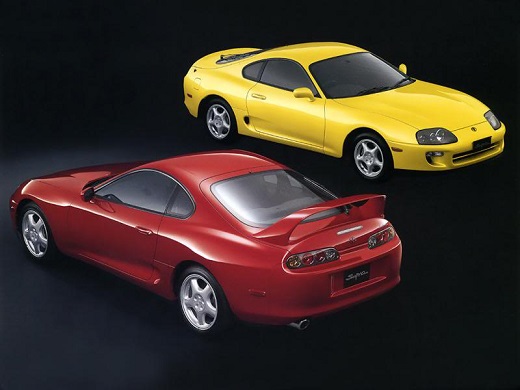
Toyota Supra
This model may be the most appropriate today, especially if we look at its successes in the Japan series of passenger cars where it has had many successes. The fourth, and at the same time, the latest-generation Toyota Supra made its debut in 1993 and has been on the market for nine years. The Japanese giant wanted to get this car closer than mentioned Nissan 300ZX and Mazda RX-7 and more according to the class Chevrolet Corvette and Porsche 928. Soon they joined the class as well Honda NSX i Mitsubishi 300GT VR-4, so it's gained popularity more than ever before. The Toyota Supra was now based on the Lexus SC300 and provided a standard 3.0L I6 220hp engine, but it was the new turbo engine that raised its power to an impressive 324hp. Accelerating to 100 km / h in just 4.6 seconds with a top speed of 250 km / h, and soon a new six-speed manual transmission debuted.
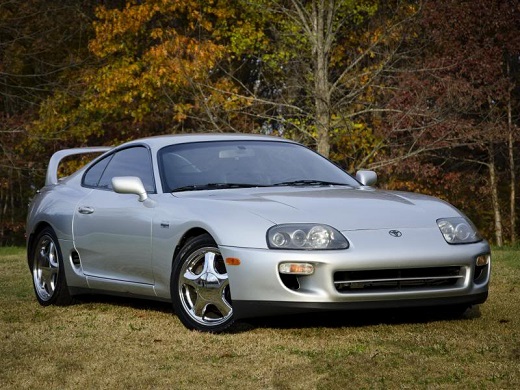
Toyota Supra
Due to the high price tag, which reached $ 50,000, this generation of Toyota Supra was never popular with buyers, but the few copies that ended up on the streets soon gained cult status. This is especially true of motor sport where Toyota Supre could be modified up to 1,000 hp, while remaining legal for street use. However, by the late 1990s, the sports coupe market in the US market had declined significantly, leaving the 300ZX, RX-7 and 300GT VR-4 gone, and Toyota decided to withdraw its representative after 1998 as well. Supra continued its production in the domestic market for four years longer. The Toyota Supra is perhaps the most celebrated product of the Japanese carmaker, with the latest-generation models being particularly popular, pricing up to six digits.
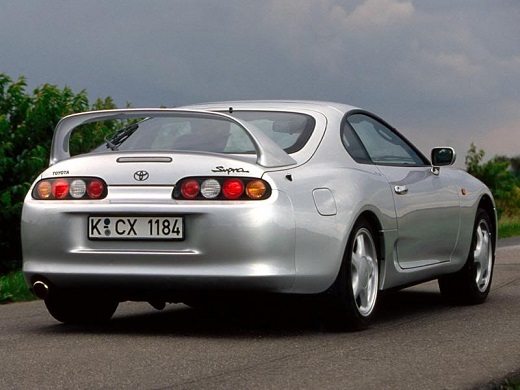
Toyota Supra
Throughout its long history, the Toyota Supra has left a deep mark in the world of motorsports, especially in the form of the Japan Touring Car Series, and in recent years the popularity of the American drag and drift series. Recent internet stories tell us that Toyota is preparing a successor under an identical name, and several different concepts have been introduced in recent years. If this happens, the serial model can be expected as early as 2015, and it is up to us to hope that it will be as good as its predecessors.
Author: Talladega
Pictures: Toyota
Retrieved from: www.brzabrzina.com
Recommendation of similar texts:

Hi there, I am Mladen and I am an auto enthusiast. I started this blog years ago to help like minded people share information about latest cars, car servicing ideas, used car info, exotic cars, and auto technology. You will find helpful articles and videos on a wide variety of cars - Audi, Mercedes, Toyota, Porsche, Volvo, BMW and much more. Ping us if you have anything cool to share on latest cars or on how to make older cars more efficient, or just want to say hi!


